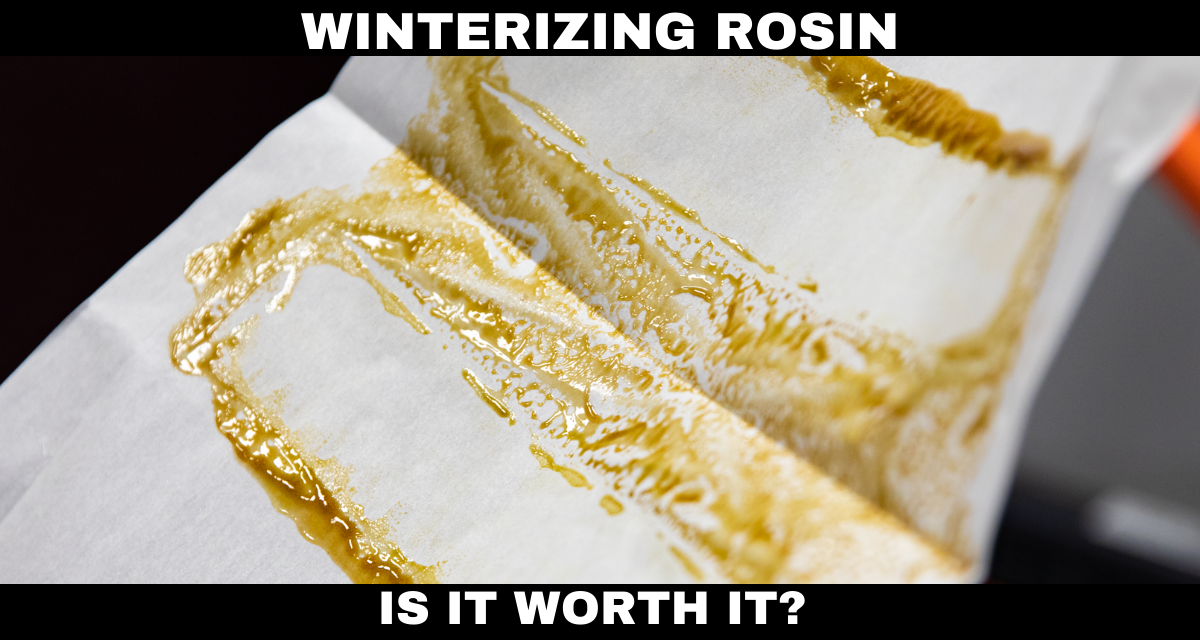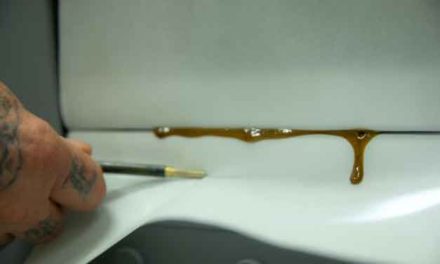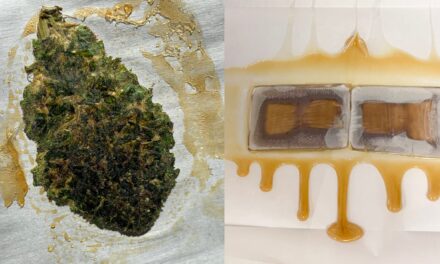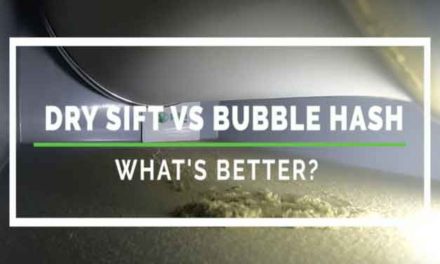Solvent dewaxing is a common refinement technique used in solvent based extraction methods like BHO and CO2 oil manufacture. Basically, it’s used to clear unwanted plant lipids and waxes from cannabis extracts. But now the practice is starting to appear in rosin making, and it begs the question, what’s the point? Why would you take a perfectly good solventless extract, and apply a heavy solvent based process to it? Let’s investigate the winterization of rosin, and find out why it’s being used.
What is Winterization?
Winterization, or solvent dewaxing to give its technical name, is a process that was originally invented for refining petrochemicals like crude oil, paraffin, and propane. Organic oils like these usually contain trace plant fats and waxes, and if they’re not removed, they can negatively impact the long term storage of these types of oil. The typically cool temperatures of storage cause the waxes to solidify, and this transforms a once crystal clear liquid, into a cloudy haze. So, in order to preserve the aesthetic of organic oils long term, dewaxing is used to rid them of those pesky plant fats causing the problem.
Solvent dewaxing has three steps, crystallization, separation, and solvent recovery. First, an oil is dissolved in a solvent, typically ethanol, and then chilled to crystalize the waxes, which makes them easy to separate and remove. Then, the solvent is evaporated away, leaving behind an oil free of plant waxes, and one that will maintain a clear aesthetic when stored long term, in cool conditions.
Why Winterize Rosin?
The reason you would consider winterizing rosin is a simple one, and it’s the same reason it’s used for BHO, crude oil, and even cooking oil manufacture – because we the consumers prefer that clear pure look when it comes to spending our money.

Winterized cooking oils are a great example of this. Imagine two similarly priced bottles of olive oil on the shelf next to each other in the store, one has a murky appearance to it, and the other is crystal clear, which one would you purchase? The clear one, right? And that’s why winterizing has found its way to solventless rosin, because even for concentrate producers, a cloudy appearance could be the difference between a customer buying your product, or someone else’s.
Winterizing Rosin: Is It Worth It?
Ok, for commercial producers, ensuring your product looks as good on the shelf of a dispensary as it did leaving the factory is an important consideration. However, when it comes to rosin making, solvent dewaxing isn’t really the solution to the problem.
First of all, it doesn’t make much commercial sense to add a complicated, hazardous, and expensive process to a simple, safe, and inexpensive one like rosin tech. But more importantly, you’re likely glossing over problems with your pressing technique, so maybe it’s worth stepping back and taking a look at your process. Check out some of our main tips for optimizing your tech here.

Simply put, top quality rosin shouldn’t contain any significant amount of plant waxes in the first place and so resolving this issue is a far healthier route to take. Remember, prevention is always better than cure.
You can learn all about the subject in our “What’s the Deal With Rosin Lipids? Fats, Waxes and Rosin” article where we cover plant waxes in depth, and also show you how to eliminate them from your rosin. Because ultimately, careful strain selection, investing in good equipment, and devoting yourself to really nailing the rosin technique are all far better uses of your time and money than solvent dewaxing is.





